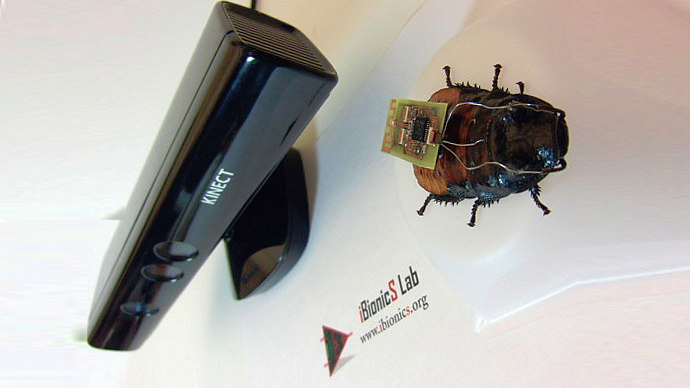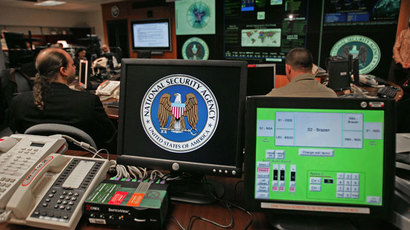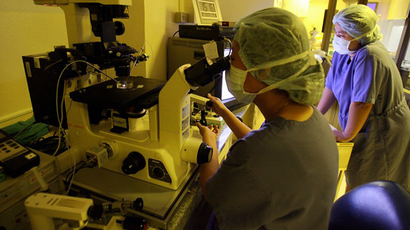Rescue roaches: Scientists make cyber-critters blaze trails in disaster zones

US researchers have used video game technology to create new species of ‘cyborg cockroaches’: remote-controlled insects that could be sent over to disasters sites and used in rescue operations to track down survivors.
By incorporating the motion sensing Kinect device - created for Xbox 360 video game consoles and designed by Microsoft - into an electronic interface, a team of scientists from the North Carolina State University have remotely steered the cockroaches with a computer.
The roaches are controlled by an autopilot program, guiding them across the best available routes offering rescuers literally a full picture of the situation. Once the bugs are equipped with microphones, sensors and speakers, rescuers could have a chance to detect voices of survivors trapped in collapsed buildings and other disaster zones.
Researchers embedded a chip with a wireless receiver and transmitter on to a Madagascar Cockroach, with the backpack wired to the creature’s sensory organs. They plug in a digitally plotted path for the insect, using Kinect to identify and track its progress. The program then uses the Kinect tracking data to automatically steer the roach along the desired pre-planned path.
The interface that controls the roach is wired to its antennae and cerci - sensory organs normally used to detect movement in the air indicating a predator is approaching, causing the roach to scurry away. However, the researchers came to use the wires attached to the cerci, to drive the roach into motion, as the wires attached to the antennae send small charges that trick the animal into thinking the antennae are in contact with a barrier and steering it in the opposite direction.
"Our goal is to be able to guide these roaches as efficiently as possible, and our work with Kinect is helping us do that," Dr. Alper Bozkurt, an assistant professor of electrical and computer engineering at NC State explained.
"We want to build on this program, incorporating mapping and radio frequency techniques that will allow us to use a small group of cockroaches to explore and map disaster sites," Bozkurt added.














